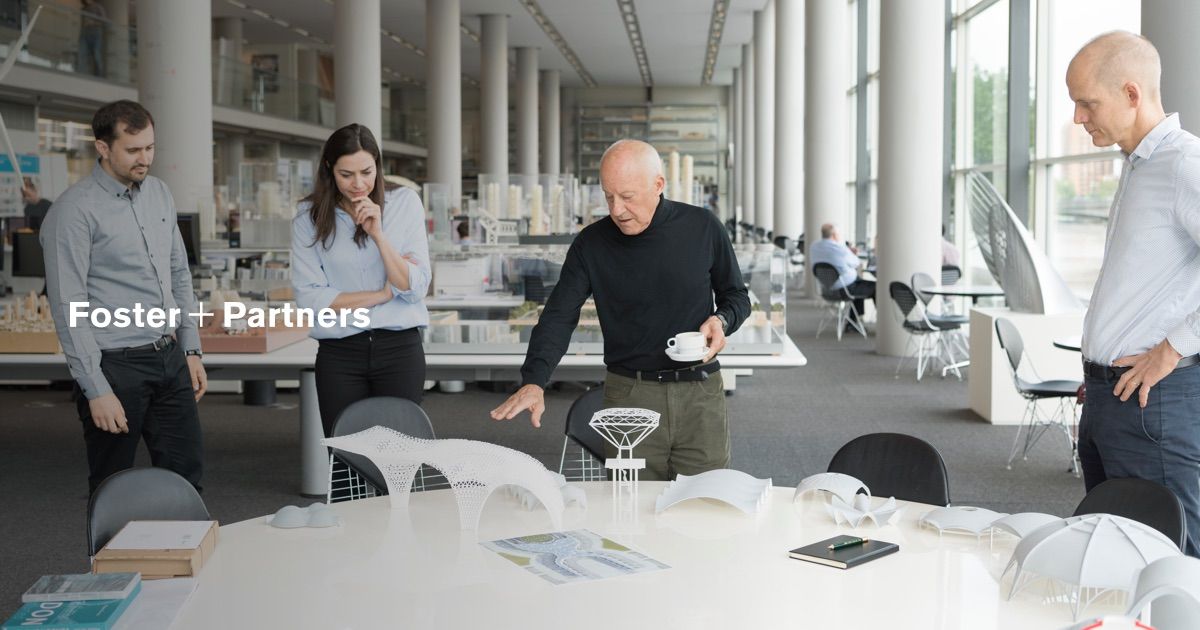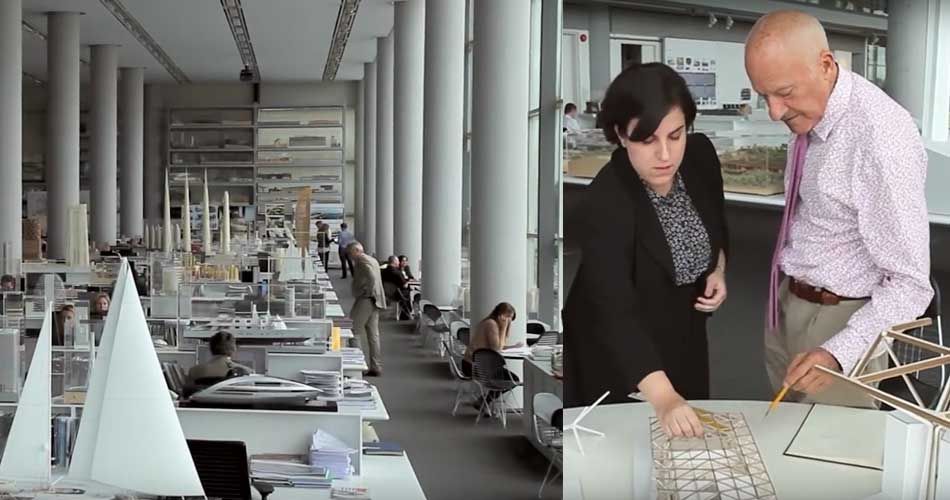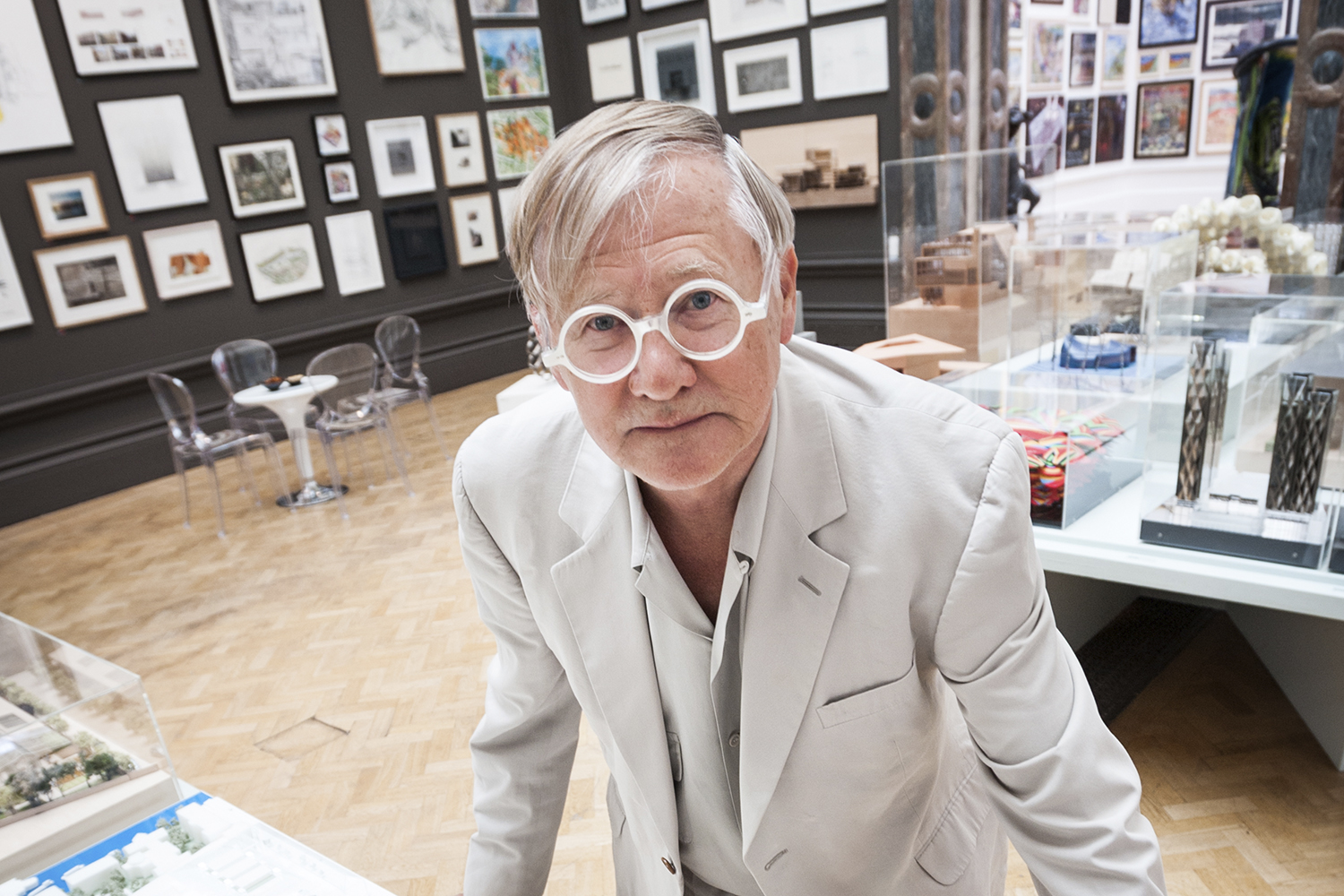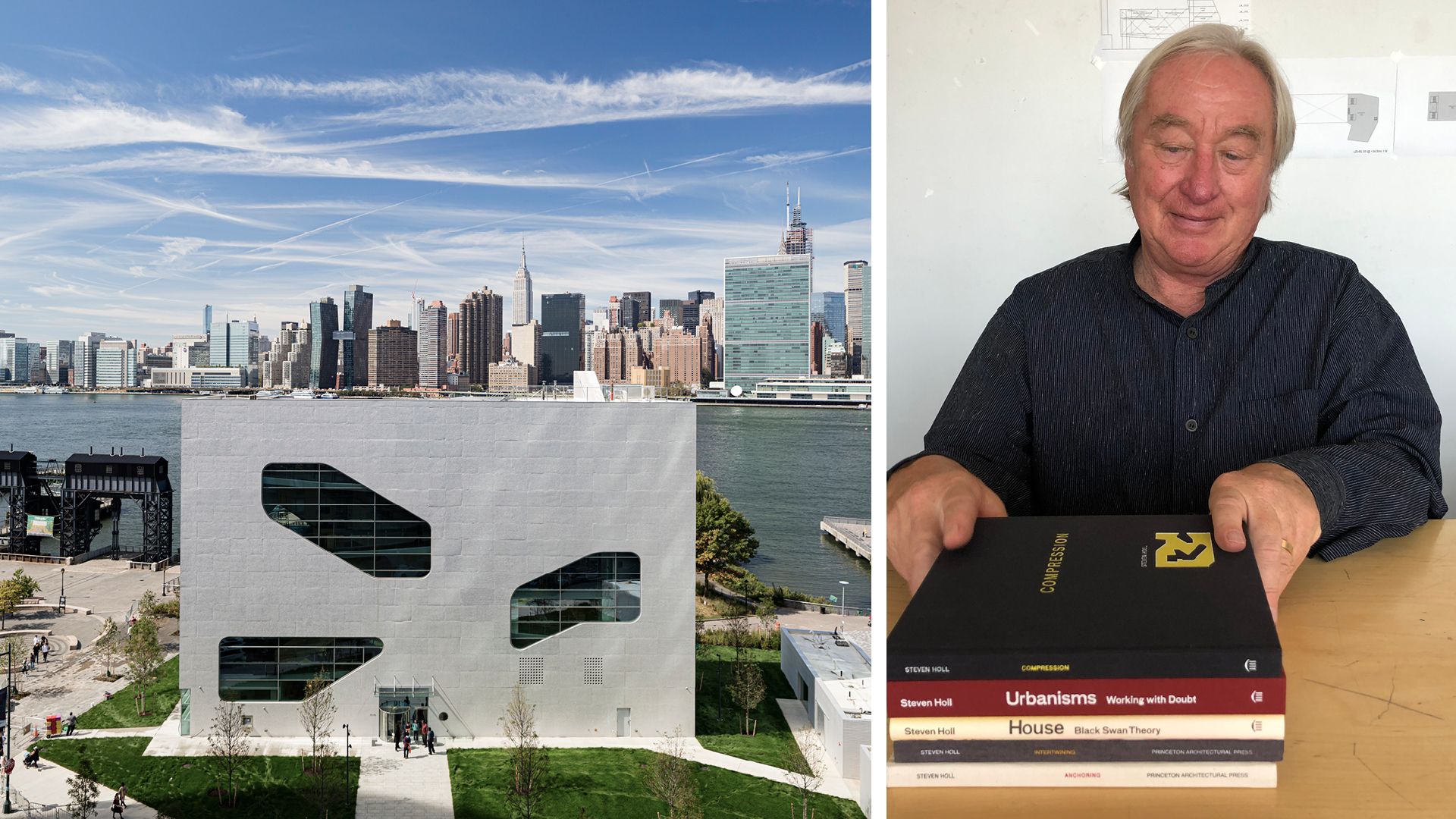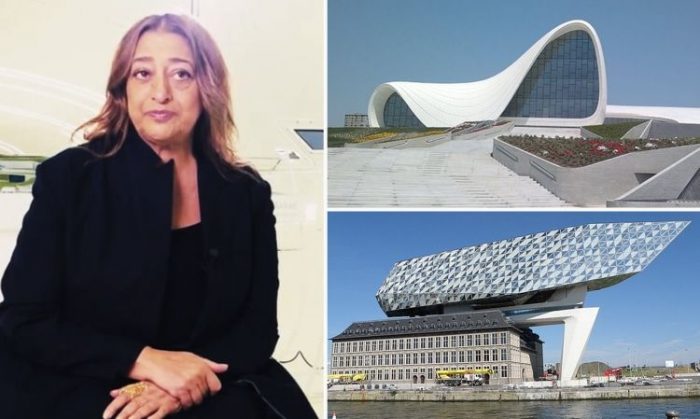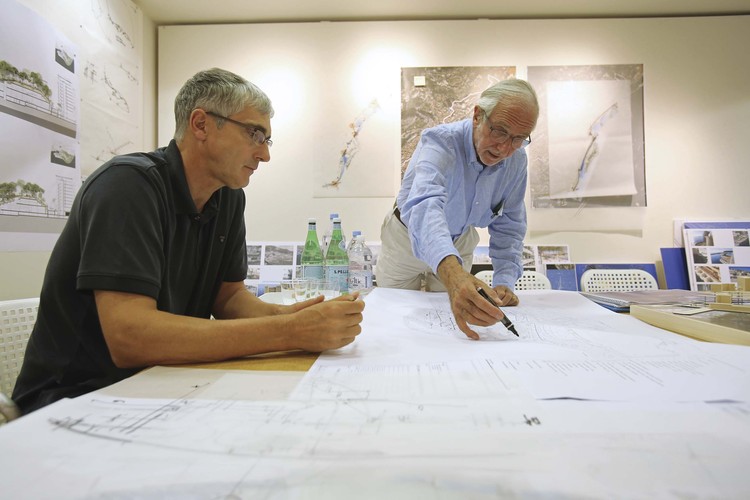Product design extends an architect’s ability to use their creative skills and eye for planning & artistic interpretation to respond to an environmental necessity. Many of the same principles explored and addressed through architecture can be applied to the design of products. Fundamental to an architect’s toolkit is a broad-based, multidisciplinary approach that lends itself perfectly to an interest in product design. With a focus on detail and appreciation for scalable aesthetics, architects are often ideally suited and willing to embrace a smaller scale project. The list can go on – you might want to check the sequel list of outstanding architects who tackled industrial design!
What is Industrial Design Architecture?
It is common for architects to find no furniture on the market that can respond to their designed building’s needs, and so, developing a product inspired by the shape, form, and structure of the building is one practical solution. This also provides an opportunity for architects to take personal control of the interior environment. An architect’s enhanced level of involvement with product design within a building has the potential to increase the cohesive identity of a structure. The interior fittings of a building and their points of interaction with the user, such as a person’s use of chairs or sinks, are often just as important and adds to the overall architectural experience. So, here are some architects who managed to take on industrial design, in order to complement their architectural designs and compose some quite unique masterpieces.
Architects who managed to take on industrial design:
-
Alvar Aalto
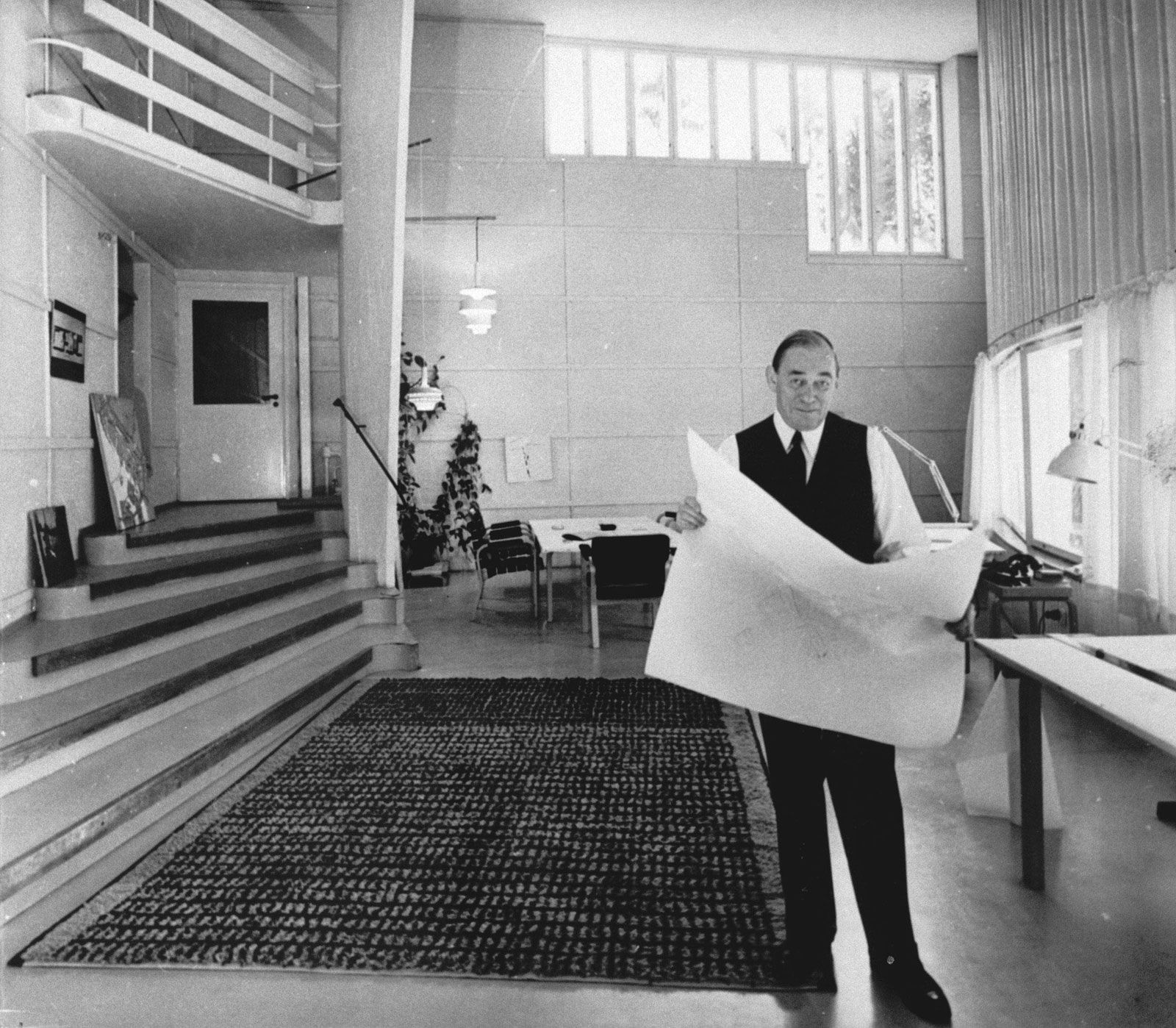
Alvar Aalto is probably the most famous Finnish architect and designer and one of the most important works he was commissioned was the planning of the Tuberculosis Sanatorium in Paimio, Finland which initiated Aalto’s career as a furniture designer –the first building planned and furnished by Aalto. The whole project was specifically suited for user needs, both on a large and small scale, from spaces to products, which were later on adapted for serial production.
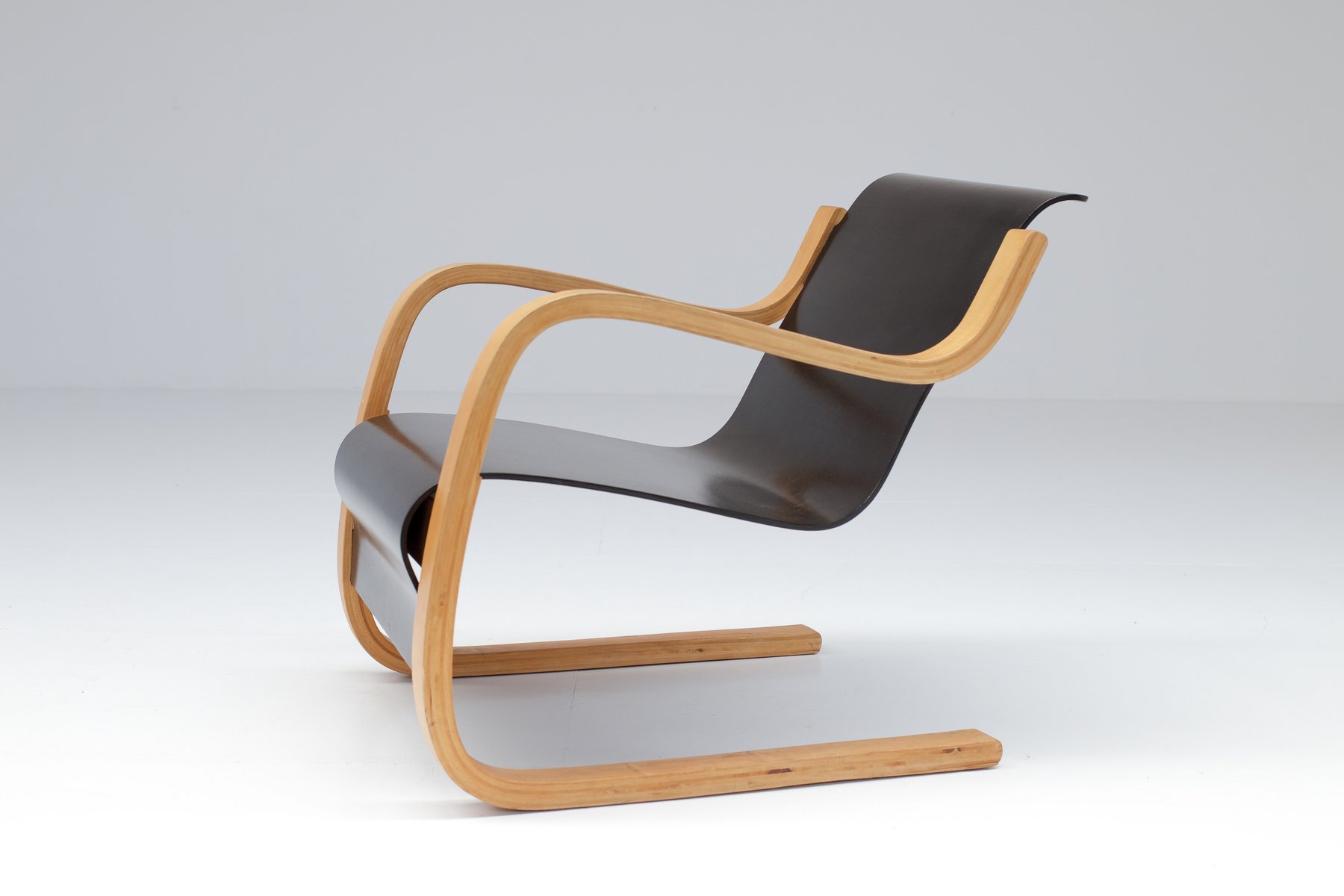
Alvar Aalto, Finmar, 1920 to 1949
In 1935 Alvar Aalto, together with Aino Aalto, Maire Gullichsen, and Nils-Gustav Hahl founded the company ‘’Artek’’, the goal of which, inspired by functionalism, was to interconnect modern visual arts, rational furniture production, and popular education, bringing about improvements in everyday urban life as well as in architecture and design. These are clearly seen as timeless designs seamlessly fitting in any period or era.
-
Norman Foster – Foster + Partners
Foster and Partners have a dedicated industrial design team, who strives to understand the needs of the user. They have produced designs ranging from a fountain pen to a full fit-out of a yacht, with designers working independently on private commissions as well as for commercial manufacturers. These products aid the architects to design their buildings holistically.
Foster + Partner’s industrial design team has produced a number of lights fit for different use. The lumina-FLO is available in a range of styles so that the user gets maximum efficiency for the purpose – a floor or desk lamp are two options. A delicate shape is produced by reducing the number of moveable parts. This creates a streamlined, slender form. Collaborating with Italian light designer Lumina, gave an opportunity to create a lamp that is timeless and practical, with the LED module holding the ability to be upgraded.
-
Nicholas Grimshaw – Grimshaw Architects
Grimshaw’s 2014 Spine seating is a flexible design solution for communal seating as it can transform from one seat to a robust, continuous array. A series of simply fabricated components apply the principle of span engineering, whereby loads are spread over a larger surface area for stability every time an extension is made.
Structural tubes run at even intervals to bind plates through nodes, giving a neat aesthetic feel. This system is well suited to public seating as it can withstand significant loads, while minimal touchdown points allow for easy cleaning and simple construction. Customization of a chair often makes it desirable to a variety of markets and needs.
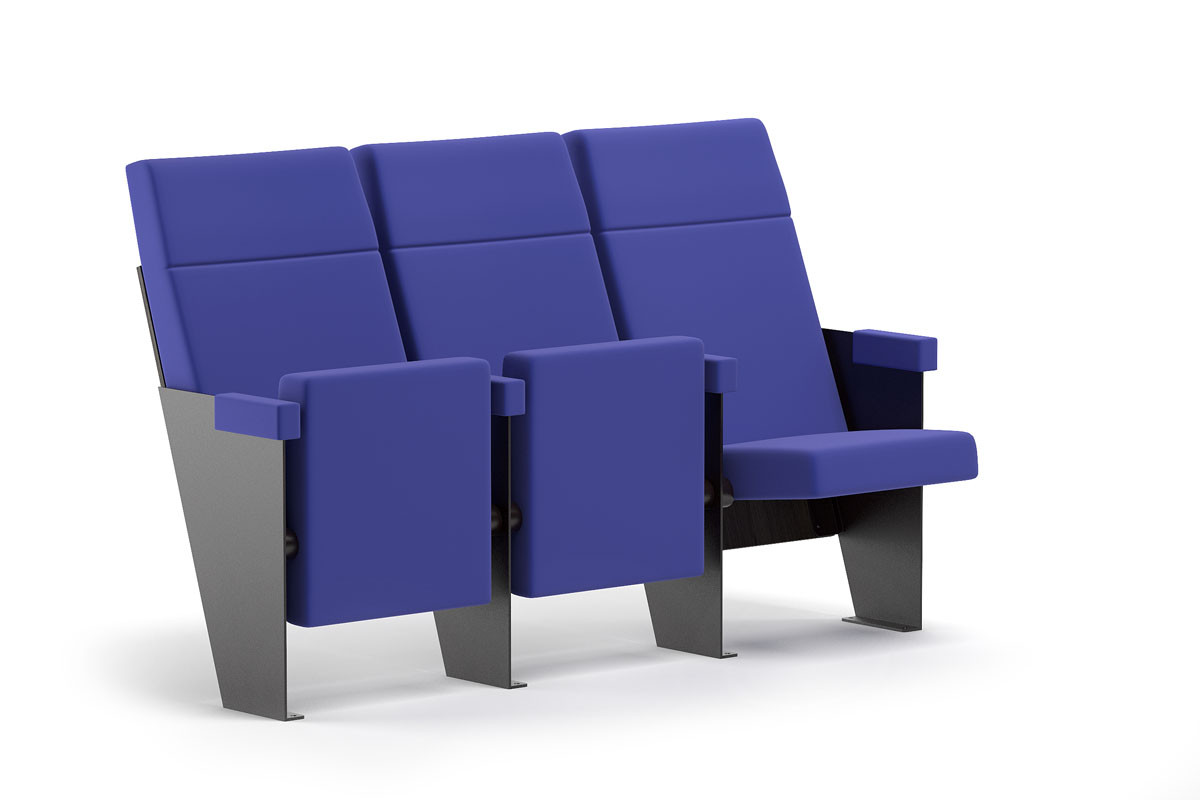
The 250-seat planetarium chairs were done in collaboration with Poltrona Frau. / Courtesy of Grimshaw
Grimshaw’s Patricia and Phillip Frost Museum of Science Planetarium Seating in Miami, Florida has a 250 seat capacity. Designed with Poltrona Frau, the intention was to create a piece that does not distract from the planetarium experience but adds to the aesthetics and comfort of the users. Monolithic color and material provide a quality product that can be appreciated by a wide demographic. In this case, the architect’s ability to understand the use of space and architectural experience aids in a sympathetic, responsive chair design that reflects its environment.
-
Daniel Libeskind – Studio Libeskind
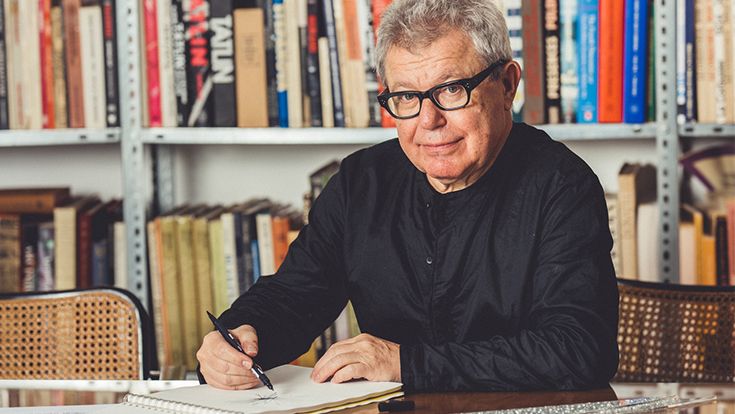
Daniel Libeskind created a combined chair and table based on Marina Abramovic’s exercise “Counting the Rice”. The contemporary performance involves counting grains of rice over a long period of time, a physically demanding task. Libeskind strived to create a simple piece that directly embodies Marina’s work, and so a church pew design became a strong precedent.
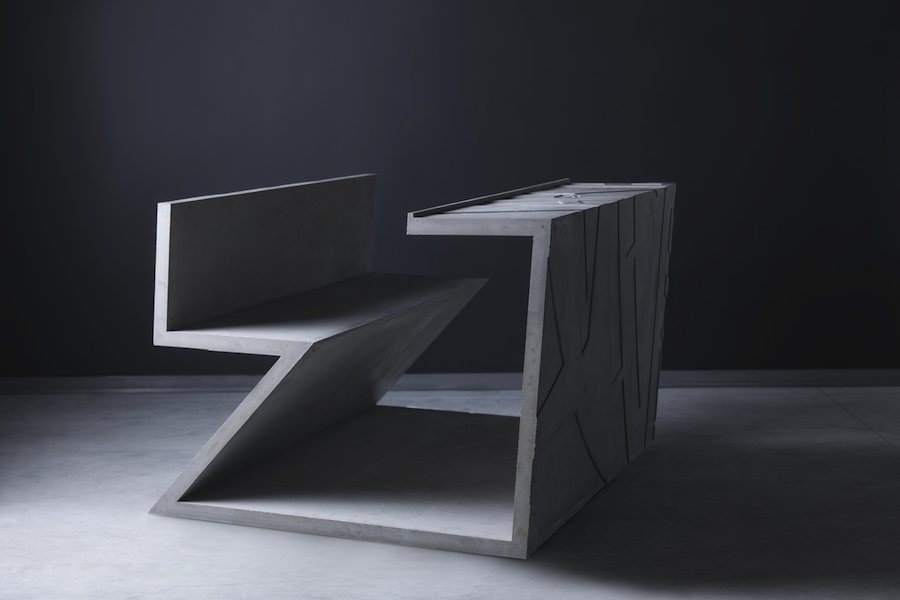
Counting the Rice – Daniel Libeskind for Moroso
The chair was produced by a furniture company, Moroso, with the first prototype presented in April 2014 in the Cortile d’Onore cloister at Milan University. The chair is formed from one piece of high-performance soft gray cast concrete, etched with intersecting lines.
-
Steven Holl – Steven Holl Architects
Architecture principles express themselves yet again in Steven Holl’s ‘’Riddled Cabinet’’, which is based on the installation ‘’Experiments in Porosity’’ consisting of five faceted forms which exist not as independent objects, but rather as experiences of spatial sequences. In the “Riddled Cabinet” the five porous boxes tie together by influencing the geometries of each adjacent box. The cabinets are perforated with five unique porous patterns, each of the patterns revealing the contents of that specific box, by dissolving into an organic pattern of glowing light and transparency, reflecting the change of exploitation and surrounding conditions.
Not only do architects work in the field of furniture or home and office appliances design but they also apply their imaginative thinking skills to the industry and design of purely mechanical products.
-
Buckminster Fuller
An inspiring example is Buckminster Fuller, an architect, systems theorist, author, designer, and inventor famous for his Geodesic Dome structures but also for his futuristic designs including the ‘’Dymaxion Car’’, patented in 1933 and known for its pioneering automotive aerodynamic design, which transformed automotive industry for future generations, the ‘’Dymaxion Rowing Shell’’ designed with two parallel 21-foot-long fiberglass hulls is another great example of architectural transference onto other fields.
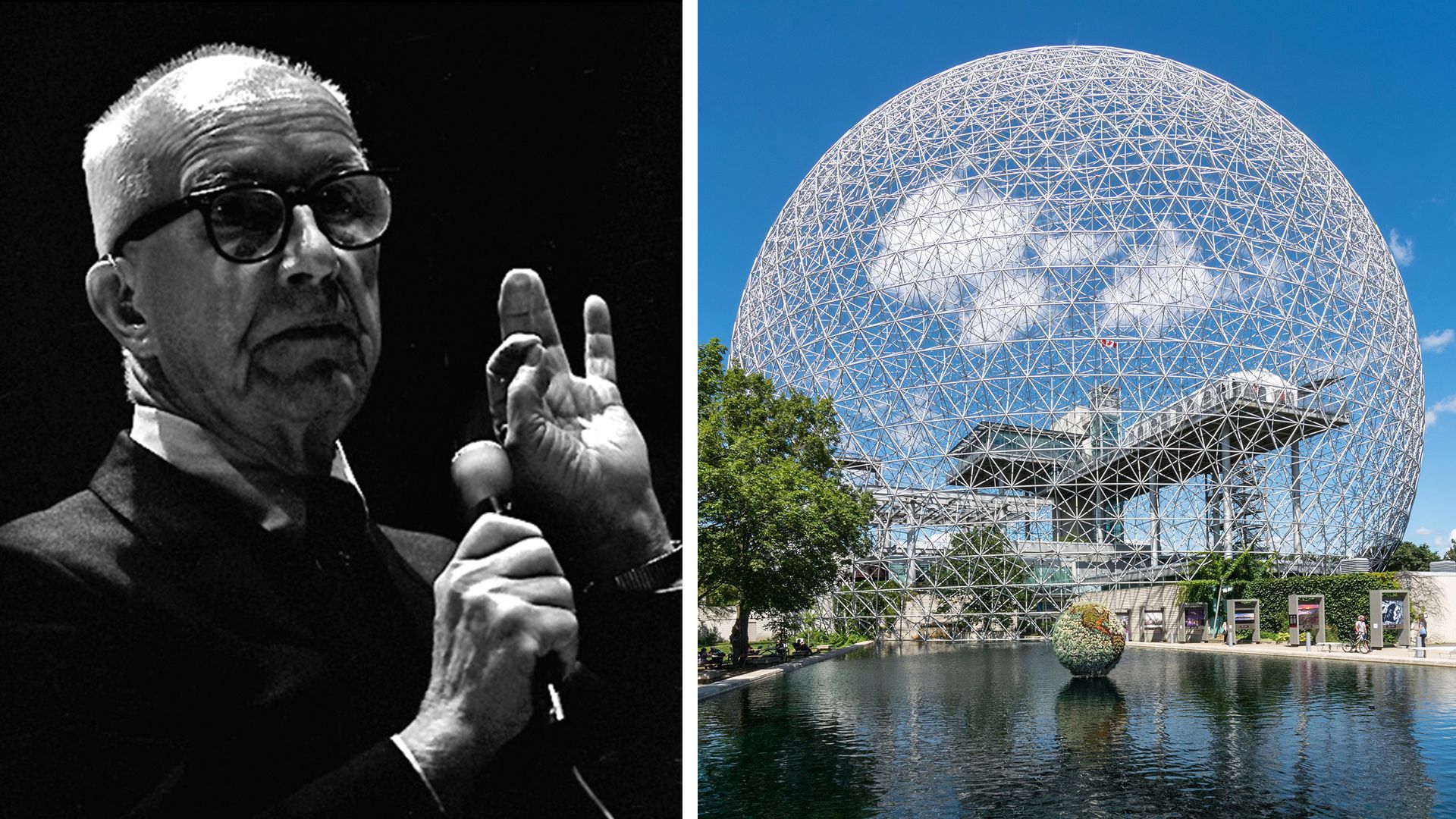
-
Zaha Hadid
Pushing the boundaries of architecture and design continues today with architects like Zaha Hadid. Her work encompasses all fields of design, ranging from urban scale to products, interiors, and furniture. It insists on astonishing us with designs like ‘’Z-Car II’’. A compact 4-wheeled and 4-seater city car powered by rechargeable lithium-ion batteries fitted with 4 electric in-wheel motors that make it an eco-friendly vehicle. The perfect distribution of passenger space and car components, topped with a futuristic chassis, gives Zaha Hadid Architects the chance to express their perception of the future, articulating product and environment.
In the same category is Norman Foster’s 40 ‘’Signature Series’’ yacht for ‘’YachtPlus’’, a testament to contemporary design work done by architects. As YachtPlus says, ‘’Lord Norman Foster’s work on luxury hotels and residences provided a fresh approach to achieving privacy, comfort, and usage of space on board a motor yacht. A new emphasis was given to such issues as quality and quantity of space, outdoor terraces, light, and views.’’ All of those terms which an architect tackles daily, combine to present a logical, aesthetic, and functional product, a genuine floating architecture per se.
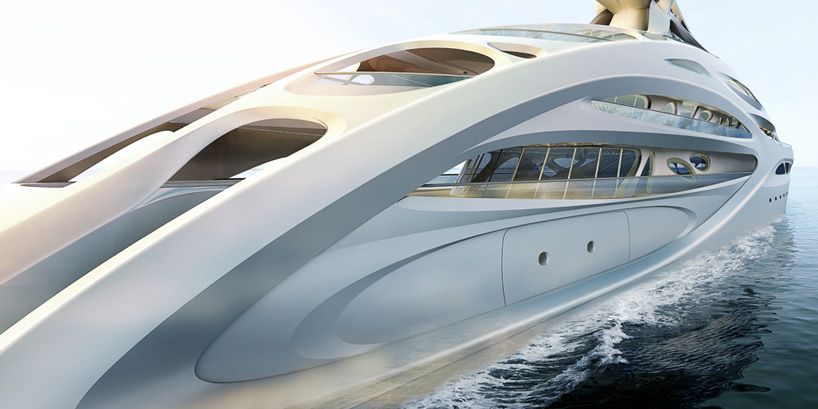
side view of the exoskeleton structure that unifies the levels of the luxury boat
-
Laurinda Spear – Arquitectonica
The question that follows is, how can architects so boldly leap through disciplines without losing perspective of the design at hand, and the response of Arquitectonica’s founding principal Laurinda Spear gives an insight on the matter by saying that ‘’Arquitectonica follows a holistic design approach that extends beyond architecture and into the landscape, interiors, and products — from macro to micro on a design scale. This standpoint allows us to carry over design elements across disciplines and apply them to master plans, buildings, and, of course, watches’’. A perfect example being the Chroma watch, where fields of hues tick clockwise to represent seconds passing, while the hour indicator is activated using value and chroma, again using an essential component of architecture – light, color, and incorporating it into product design.
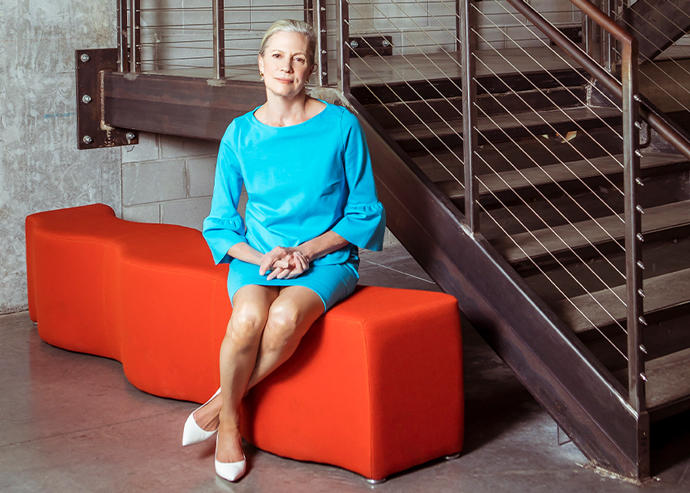
Laurinda Spear, Photo by Sonya Revell
-
Renzo Piano – RPBWRenzo
Piano’s dragonfly invisible wind turbine considers the way in which a dragonfly stays stable in flight, to help create a turbine that can withstand gale-force winds. Piano strived to design a turbine that has a minimal visual impact and so two blades were chosen, mimicking that of a dragonfly. When the turbine is not in use, the blades align vertically with the mast, allowing the design to blend seamlessly into the surrounding natural or built environment.
Reaching out to architects and designers specifically to produce wind turbines that work both functionally and aesthetically brings the benefit of knowledge of the built and natural environment. An architect’s broad-based, multidisciplinary approach lends itself perfectly to achieving a design that appears natural in the landscape, similar to the way in which a building often must too.
Extra Bonus: Lego Architecture Studio
Not only can architects and architecture be inspired to design a product but they can also be the inspiration themselves. Architects and architecture serve as inspiration for developing and materializing architecture – the proof being Lego’s ‘’Architecture Studio’’, a product designed for both kids and adults, most of them, not being architects professionally. Giving the possibility to recreate, reimagine or invent new architecture, it is a good example of the close relationship between architecture and product design.
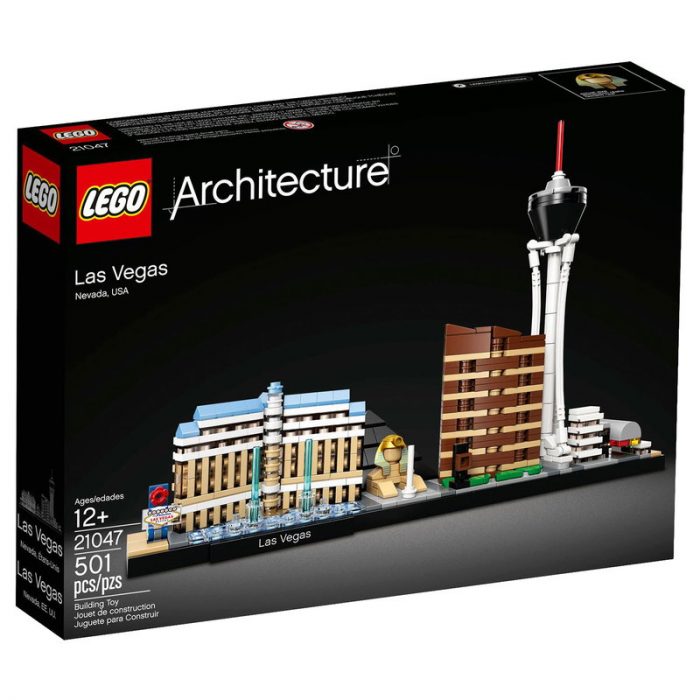 All designs described show the true potential of architects and architecture, the core purpose of the latter being to resolve problems in an unpretentious way, expressing simplicity and understanding of the task at hand for a final purpose of serving well and gratifying the user, a quality which architects learn to develop through academic and professional work, with the final product being a building, a chair, or a single lamp.
All designs described show the true potential of architects and architecture, the core purpose of the latter being to resolve problems in an unpretentious way, expressing simplicity and understanding of the task at hand for a final purpose of serving well and gratifying the user, a quality which architects learn to develop through academic and professional work, with the final product being a building, a chair, or a single lamp.
Authors: Lucy Cassels, Boris Timev // Editor: Sushant Verma
Edited by Yosra M. Ahmed


